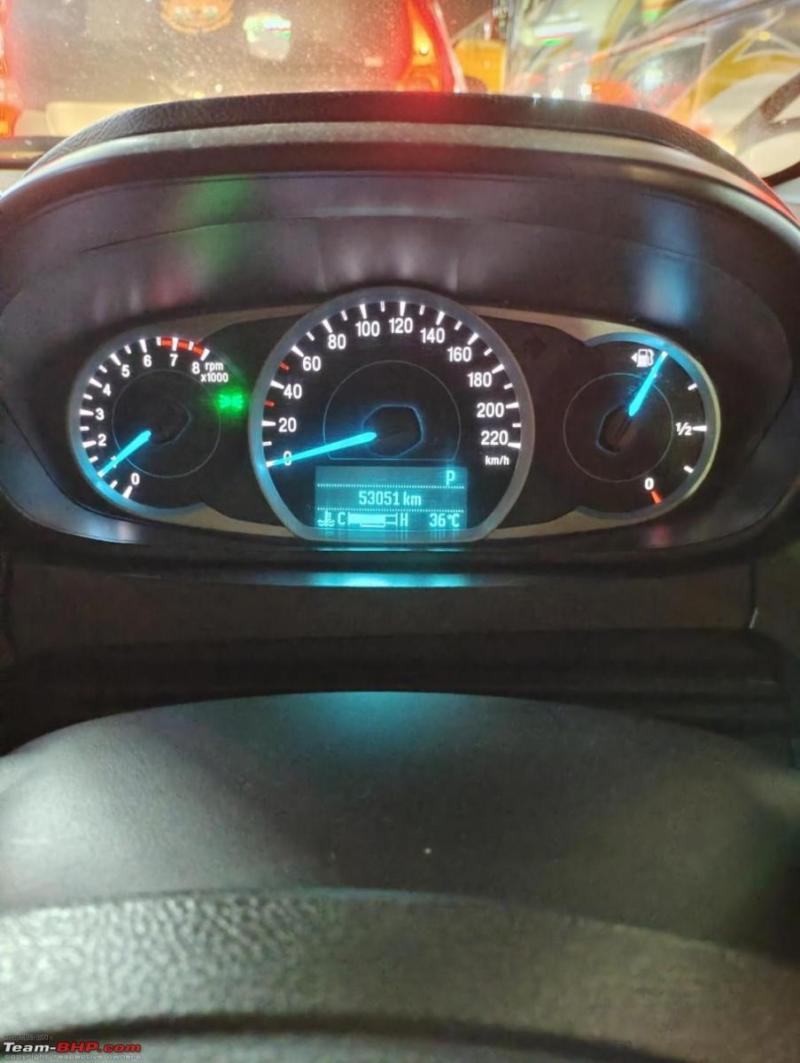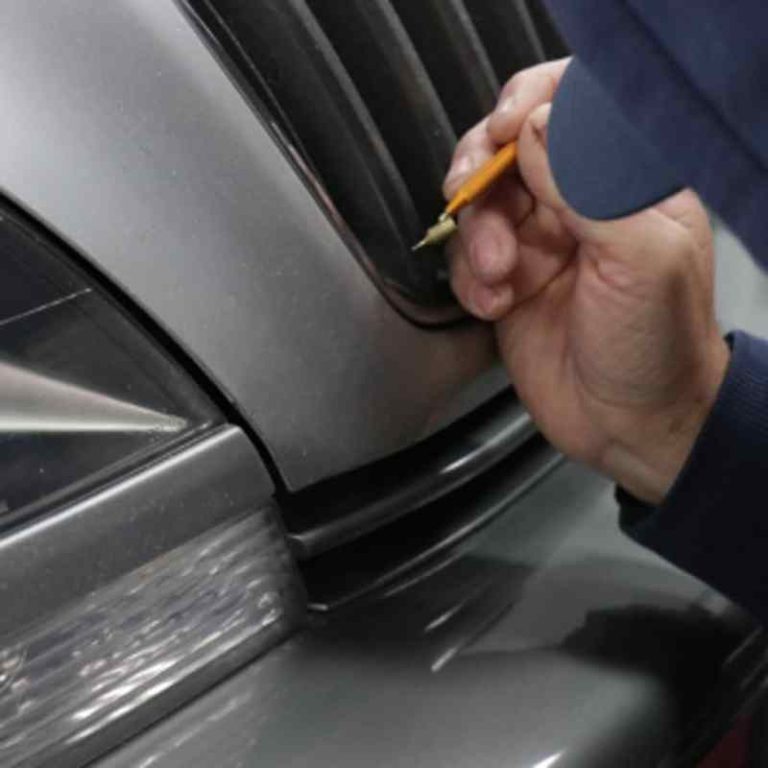How To Fix Car Overheating Problems – To diagnose and solve an overheating problem, first check the coolant level in the tank. Then inspect the pipe or radiator for leaks. A defective water pump or an obstructed thermostat can prevent effective circulation of the coolant. Listen to unusual engine sounds and watch the thermometers with unstable tips. If the gauge is high, turn off the engine and cool it. If the basic test does not solve your problem, ask for help from experts. Remember that routine checks can prevent these problems from occurring. You can first find useful information on maintaining a healthy engine system.
When you think about vehicle performance, it is important to distinguish between motors and cooling systems. Motors are a major center that converts fuel into mechanical energy, and the main role of cooling systems is to regulate the engine temperature. An overheating engine means this serious balance problem.
How To Fix Car Overheating Problems

To diagnose an overheating engine, start by examining the components of the cooling system. Check the coolant level. Low cooling liquid can cause insufficient thermal dissipation. The radiator will inspect the blockages or leaks which can interfere with the air flow. Then assess the thermostat. If it is closed, the cooling liquid does not circulate properly and the engine will overheat.
Why An Engine Overheats And How To Fix It
You should also assess the water pump because the dysfunctions here can prevent cooling liquid from going through the system. Also pay attention to the pipe. Cracks and worsening can cause leaks. Finally, monitor the engine thermometer during operation. Sudden points indicate potential problems that require immediate attention. By systematically checking these elements, you can effectively diagnose the causes behind the overheating engine and take the necessary steps to correct the problem.
The engine overheat due to a few serious failures in the cooling system. There may be problems such as leaks in the cooling system, a stranded water pump or low cooling fluid levels. All these elements can harm the control of the engine temperature. In addition, failures in the radiator fan or thermostatic can further exacerbate the problem of overheating and cause potential engine damage.
An engine overheating cause is the leak in the cooling system, resulting in a loss of coolant, destroying the engine capacity to regulate the temperature. When the coolant escapes, the engine does not receive appropriate cooling, causing an increase in temperature. It is essential to identify leaks. Not only does it affect engine performance, but it can cause serious damage if they have remained homeless.
To diagnose leaks in the cooling system, start by inspecting the pipe and connection for visible signs of wear and damage. Find cooling liquid puddles under the vehicle and check the radiator and the tank for cracks and corrosion. If you cannot find any visible leaks, consider using a pressure tester to put pressure on the system. This helps identify hidden leaks.
How To Prevent Classic Car Overheating
Once you have identified the source, the repair may involve replacing damaged pipes, tightening bulk pliers or sealing cracks. Remember that keeping your cooling system in good condition is important to avoid overheating. Know how to solve overheating problems in your leaks related to leakage can guarantee that your engine is working effectively and safely. Maintenance and regular inspections can help you take these problems before degenerating.
If the cooling liquid does not circulate effectively, a stranded water pump can contribute significantly to the overheating of the engine. If your engine is warmer than normal, it is essential to check the function of your water pump. The water pumps play an important role in maintaining the engine temperature by allowing the cooling liquid to circulate in the engine and the radiator.
To approach how to solve overheating problems caused by a stranded water pump, consider replacing the pump if you notice these signs. Maintenance and regular inspections help prevent problems before degenerating, ensuring that the engine takes place gently and effectively.

Low cooling liquid levels can cause serious overheating problems in the vehicle, as cooling liquid is essential to control the engine temperature. If the cooling liquid is not at the right level, it cannot effectively absorb and dissipate the heat generated by the engine. This can increase engine temperatures and potentially cause serious damage if they are not treated quickly.
8 Common Causes Of A Car Overheating And What To Do
To diagnose overheated vehicles caused by low cooling fluid, start by checking your cooling liquid tank. If the level is lower than the minimum brand, fill with an appropriate cooling liquid mixture. Then check the possible leaks. Look for puddles under the car or wetlands around pipes and connections. If you notice, this may indicate a leak that must be repaired.
In addition, he monitors the temperature gauge on the dashboard. If it works regularly, it is a sign that the coolant can be insufficient. Regular verification of the coolant level can prevent overheating and ensure that the engine is smooth. Remember that maintaining an appropriate cooling level is essential for the performance and lifespan of your ideal engine.
Insufficient cooling fluid is not the only reason why the engine overheats. Another important factor is the failure of the radiator fan. If the radiator fan does not work properly, the engine cannot be cooled effectively and the temperature will increase. Here is how to diagnose and repair the overheating of cars linked to the problems of radiator fans:
If your engine has trouble maintaining ideal temperatures, a defective thermostat could be the culprit. The thermostat regulates the cooling fluid flow between the engine and the radiator, guaranteeing an optimal operating temperature. If the engine cannot be open or closed correctly, the engine can overheat. The stacked closed thermostats limit the flow of the coolant and cause an accumulation of excessive heat. Conversely, stacked open thermostats prevent the engine from reaching the right temperature, leading to effective performance.
Is Your Car Overheating? Here’s Why!
To diagnose a thermostat failure, start by checking the temperature gauge. If the engine reads constantly high while it works, it is a clear indication of problems. You can also feel the radiator pipe on top. If the engine is fresh when hot, the thermostat may not be open.
To repair an overheated engine caused by a stranded thermostat, replace the new engine with a new one. Drain the coolant before removing and monitoring the manufacturer’s specifications for installation. After replacing the thermostat, fill the system with the appropriate cooling fluid and bleed the air pocket. Regular controls can avoid future problems and ensure that the engine works effectively and remains fresh.
Note the signs of engine overheating is essential to maintain the health and safety of your vehicle. Ignoring these panels can lead to serious damage and expensive repairs, and you often wonder how many times you are wondering to repair an overheated vehicle. Here are four important measures to note:

After identifying the signs of an overheated engine, troubleshooting of the problem is quickly important to avoid other damage. First, pull safely and turn off the engine. Let the cover cool before opening to avoid burns. Check the coolant level in the tank. If it is low, the addition of coolant is useful, but use the right type.
What To Do When Your Car Overheats
Then inspect the vehicle for leaks. A puddle of coolant can indicate a problem with a pipe, radiator or a water pump. If you do not see any leaks, listen to the unusual noise of the engine. This could indicate a mechanical failure.
Once you have examined these bases, it’s time to diagnose your overheated car thermostat. A clogged thermostat prevents the circulation of the coolant and can cause overheating. If the problem persists, consider a radiator. Make sure it is not blocked or damaged.
Finally, pay attention to the engine thermometer. If he continues to increase, you may need professional help to avoid catastrophic engine damage. Note the abnormal symptoms and share them with the mechanic for precise diagnosis and repair.
Yes, overheating can permanently damage the engine. Long -term high temperatures can distort metal components, break down the joint and cause catastrophic damage. Regular maintenance and monitoring can help prevent such irreversible vehicle damage.
Honda Civic Overheating: Diagnosing The Sources Of The Problem
You should check your cooling liquid levels at least once a month and before traveling immediately. Maintaining the right level will prevent overheating, helping the engine to operate effectively and will extend its lifespan. Regular controls are essential for advanced performance.
Choose the appropriate cooling liquid, such as choosing a potion for your magic spell. This should meet the needs of your car. For specifications, check the owner’s manual and plan to use the cooling liquid recommended by high quality manufacturers for advanced performance.
Yes, some vehicles, especially models or vehicles that are not regularly maintained, are vehicles subject to overheating. Factors such as engine design, cooling system efficiency and environmental conditions may have a major impact on sensitivity to overheating in question.

If the engine overheats during driving, pull immediately to turn off the engine and cool. For example, if you notice steam, it is essential to avoid other damage by not continuing to operate.
Car Engine Overheating: Causes, Consequences And Solutions
By being vigilant and verifying the essential components of the vehicle, you can fight the challenges of the coolant and conquer overheating of the engine. Regularly check your cooling liquid levels, thermostats and radiators for reliable performance. Quickly locating signs of problems will save you from expensive complications and will keep your car in confidence. A proactive approach and a little durability guarantee that the engine remains fresh and maintains its fantastic machine for the coming miles.
More than 22,000 stores have come together to create a reliable relationship with S for their repair and maintenance needs. Why map? Thousands of vehicle standards to guarantee coherent recommendations that provide exceptional customer experiences depending on confidence.
Copyright © 2025 Amra. Designed by Advanced Digital Automotive Group – SEO, website development, digital media marketing society. Your concerns may be complicated to diagnose and additional equipment may be necessary to determine the cause. In this case, you will receive a digital test result and a quote to carry out a deeper diagnostic / test procedure.
Find professional help to choose the best professional for your vehicle, choose your vehicle brand and your location
Range Rover Overheating Problem? Don’t Panic We Are The Mechanic For The Solution. , Reach Out To Nfl Automobile Cuz We Don’t Guess Work
The engine warning indicator of the engine generally says “overheated”. As a rule, the car is low in coolant, so it appears. But this can also lead to an obstructed air flow
Car overheating problems, car overheating quick fix, how to fix overheating pc, temporary fix for overheating car, how to fix engine overheating, cpu is overheating how to fix, how much to fix overheating car, how to fix overheating car, how to fix overheating phone, how to fix ps3 overheating, overheating car fix, how to fix overheating laptop




